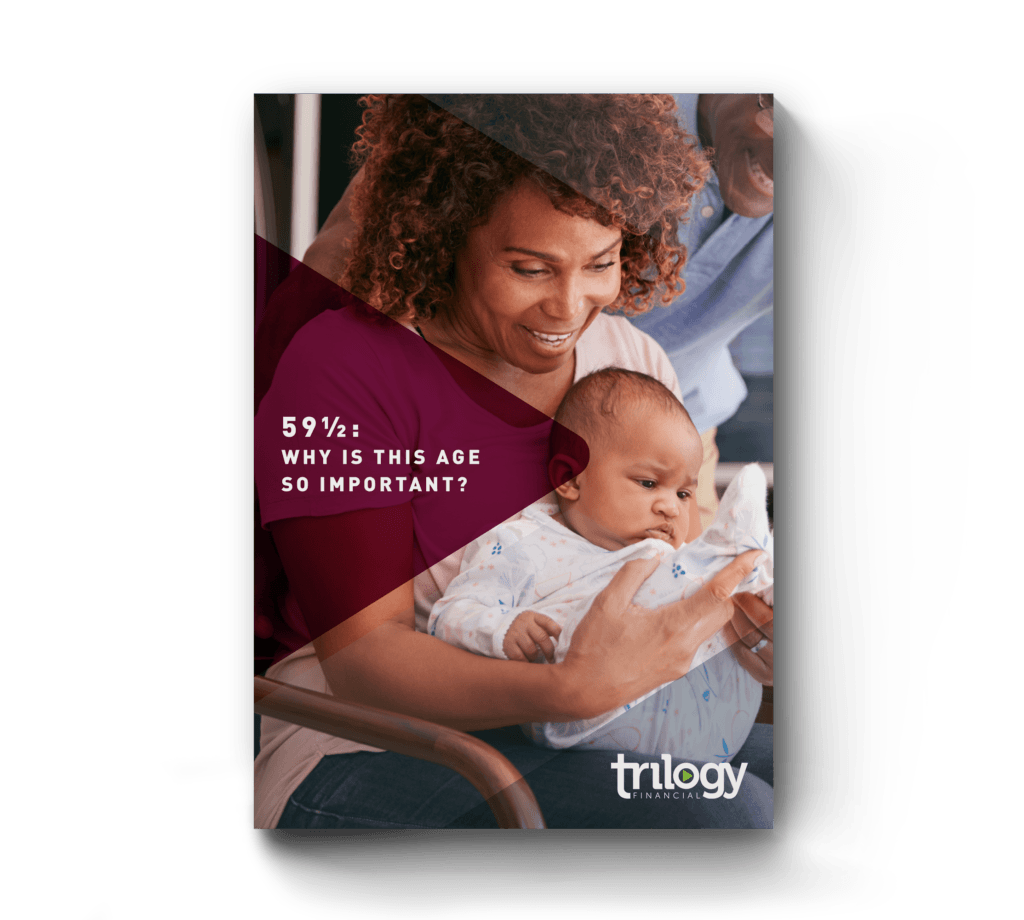Approaching retirement can sometimes be as overwhelming and nerve-wracking as the transition into your Golden Years. You may start reflecting on what you’ve accomplished thus far in life and what you envision still achieving.
As you near the finish line, here are four things to do in the last ten years of your career.
Create a List of Things You Want to Accomplish in Retirement
The first step is understanding your goals for your retirement. What lifestyle do you envision maintaining? Will you travel? Will you live in the same home? What will you do during the day? As much as you may enjoy golf, you may tire of doing it every day for weeks on end.
Creating a list of retirement goals gives you something to look forward to, and may even motivate you to save more aggressively to reach your retirement goals faster. For example, if you imagine enjoying plenty of family vacations in retirement, you may need to establish a vacation fund.
You may instead envision spending your time volunteering or enjoying hobbies, be it woodworking, gardening, or painting. Regardless of how you choose to spend your time, make plans for it. If you don’t, other family members may be planning out your time for you. For example, you may become the default caretaker for your aging parents, especially if your other siblings are still working. Or you may become the “full time” babysitter for your grandchildren because your children assume you aren’t doing anything all day.
Pay Off Debt
The less debt you have when you enter retirement, the better. Review all current debts you face and compare interest rates and balances. This can help you decide which to pay off first. Once you’ve eliminated credit card and auto debt, see how you can aggressively pay off your mortgage. Not having a mortgage could significantly reduce your monthly expenses and make a considerable impact on how quickly you deplete your savings.
Along with tackling debt, take care of the big-ticket items now, rather than delaying them. These include replacing your home’s roof or other expensive repairs, updating old appliances, addressing your long-term care needs, and keeping your car in good working shape. It’s ideal to do this now while you still have a paycheck rather than when you’re retired and trying to live off of your savings.
Plan Out Your Expenses and Create a Budget
A common question pre-retirees ask is, “will my income sources cover my needs in retirement?” A budget is helpful throughout life but can be particularly beneficial during retirement when your income may be more limited.
Start by creating a budget that includes your essential expenses (housing, healthcare, and food) and your discretionary expenses (such as traveling, entertainment, and dining out). With this list, match essential expenses with guaranteed income, such as setting aside your Social Security benefits to pay for your healthcare. Then, look at your other savings and income to cover your discretionary expenses.
If your projected expenses don’t match your income and savings, you’ll either need to reconsider your expenses or increase your retirement income. These 10 years leading up to retirement can serve as a “trial run” to help instill a higher level of confidence that you can live off a certain level of income once you retire.
Hire a Financial Advisor
How much should you contribute to your 401(k)? What types of investments make the most sense for your circumstances and goals? Often, it’s not until we face a significant decision or make a mistake when we realize that we weren’t equipped with the proper knowledge. And then it may be too late to find help or rectify any missteps we make.
A financial advisor isn’t just there to hand you a financial plan and set you on your way. Think of an advisor as your lifelong financial partner. He or she can provide education, objective advice, and ongoing guidance as you encounter new challenges and opportunities. This could mean adjusting your strategies, or simply reassuring you of your progress. With education and a reliable partner available to answer your questions, you can feel empowered to make informed decisions.
Next Steps
You don’t have to go at it alone and plan for your retirement on your own. At this point in your life, you should work with an advisor who can help you create a personalized retirement roadmap and work through various retirement scenarios, not just help your money grow. As an independent financial advisor, I want to help you address your retirement questions and feel confident about your future. I can work with you to establish a retirement strategy that integrates your goals and needs. Take the first step by reaching out to me for a complimentary consultation. Call my office at (949) 221-8105 x 2128, or email me at michael.loo@trilogyfs.com.


